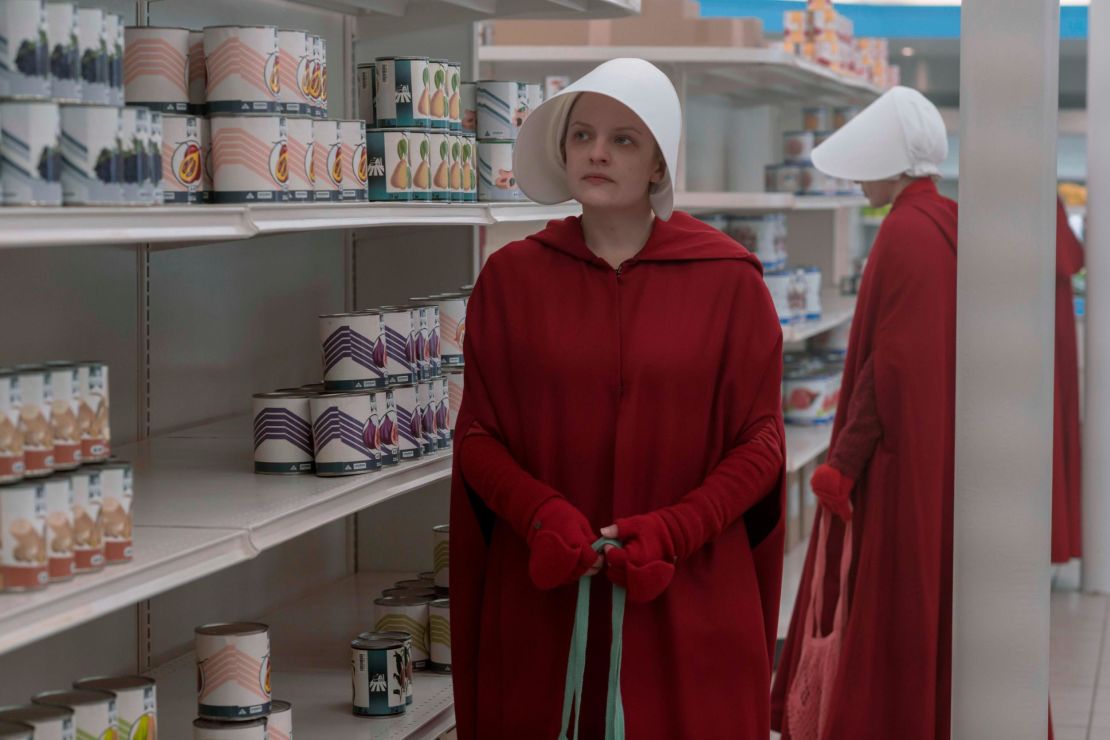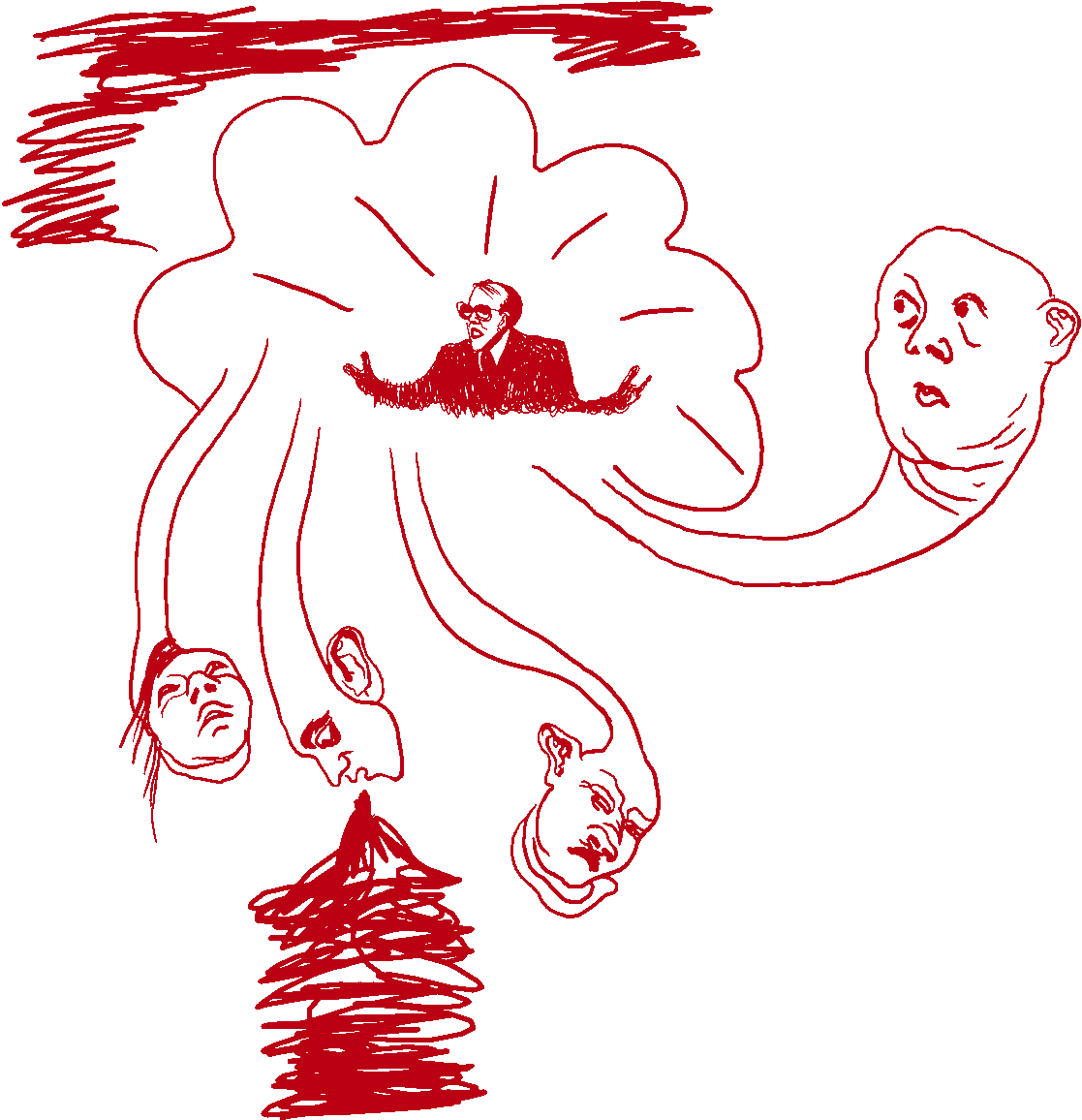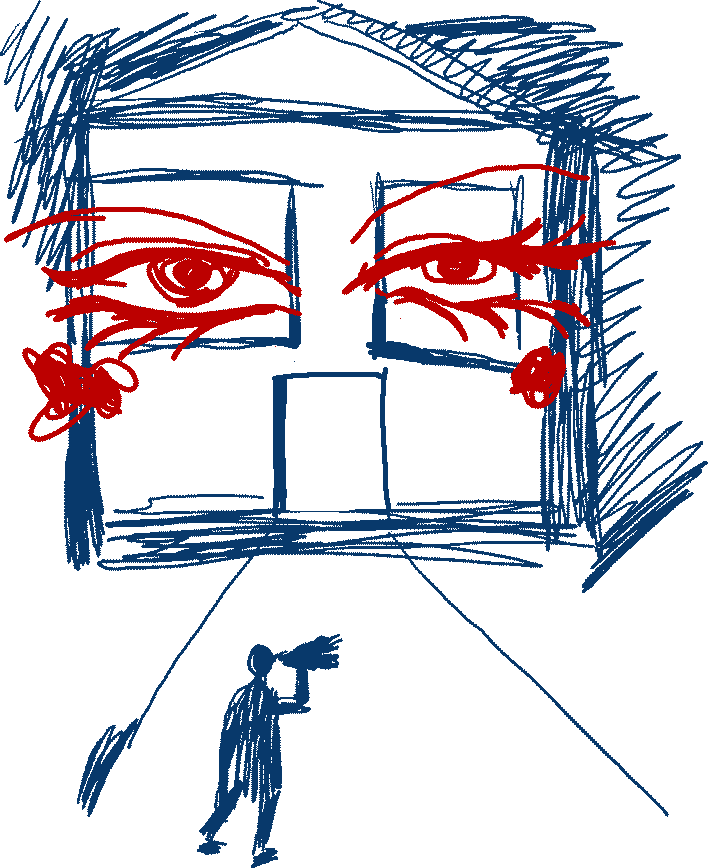“The Handmaid’s Tale” isn’t the best TV show ever, although it’s plenty good. But it’s hard to think of a series that has been better calibrated to tap into the zeitgeist and unease of its cultural and political moment.
The Hulu series returns for its third season this week, making another trip to the dystopian land of Gilead, where women live under patriarchal domination, with some used as little more than breeding stock for their overlords.
Without giving too much away, the new episodes feature a nascent resistance, pluckily operating under the noses of their oppressive masters; and some particularly striking and iconic visual imagery in one of the later episodes previewed.
Novelist Margaret Atwood created the underlying scenario in 1985, but the program – an Emmy winner in its first season – has become a powerful symbol, with the crimson cloaks that the handmaids are forced to wear showing up as a means of silent protest.
Previous seasons of “The Handmaid’s Tale” coincided with, among other things, the birth of the #MeToo hashtag. The series comes back amid a push toward restrictive anti-abortion laws, which have made the image of a society that seeks to control and coerce women, for many, feel less like the stuff of science fiction, and more a cautionary tale.
Within the show, persecuted refugees seek to flee the tyranny of their theocratic society by escaping across the border – only here, the promised land is Canada.
Comparisons to real-world events only go so far, and they can prove burdensome for any fictional series. While “The Handmaid’s Tale” clearly wasn’t conceived for those who might oppose its politics, the baggage of having become a meme heightens the scrutiny of every twist and turn.
The show’s executive producer/showrunner, Bruce Miller, summed up those mixed feelings when women dressed as handmaids showed up at Brett Kavanaugh’s Supreme Court nomination hearings last September.
“It’s amazing, flattering and horrible,” Miller said at the time. “You wished you lived in a world where when people dressed up as handmaids, it was just Halloween and not a political statement. I would very much like our show to become irrelevant – interesting but completely fantastical.”
On the June 2 edition of CNN’s “Reliable Sources,” “Handmaid’s Tale” executive producer Warren Littlefield and co-star Ann Dowd drew a direct comparison to current events, with the former saying, “We’re on a very slippery slope to Gilead right now,” and the latter noting that the parallels feel much closer than when the program premiered.
Activists aren’t the only voices referencing the show. California Senator and presidential candidate Kamala Harris recently urged supporters to donate to reproductive rights groups in a mailer that stated, “This isn’t a scene from ‘The Handmaid’s Tale.’ This is happening in Alabama — in our country — in the year 2019.”

The prevalence of those analogies is such that some have already advocated retiring the device. “Seizing on any pop cultural trope as a political tool tends to flatten both the work that trope comes from and the world it’s supposed to be describing,” Washington Post editorial writer Molly Roberts argued. “And in this case, the flattening creates all kinds of confusion.”
The second season underscored Gilead’s inequity in searing fashion, not just through June/Offred (Elisabeth Moss), but Serena (Yvonne Strahovski), who discovered the penalties even a privileged woman faced for daring to exhibit independence. That remains a central theme of the third season, which picks up where the show left off while rather boldly resetting the playing field.
Clearly, “The Handmaid’s Tale” deals with more than just serving up a nightmare version of the abortion debate, and after wondering where the writers could possibly go after the first season, the series now appears equipped for a more prolonged run.
With these issues being litigated in statehouses and courts, the subject matter will continue to evoke discussions about whether Atwood’s underlying vision portrays a wholly separate reality or serves as commentary about this one through a slightly distorted mirror.
As for the media spotlight, while it’s always beneficial when trying to get a show on people’s radar, whether operating under that eye turns out to be a blessing or a curse, only time will tell.
“The Handmaid’s Tale” begins its third season June 5 on Hulu.






